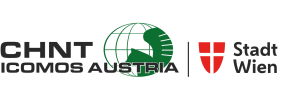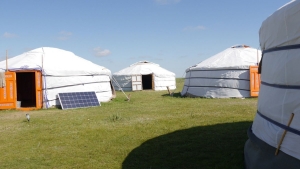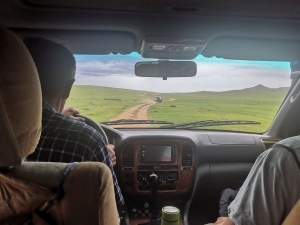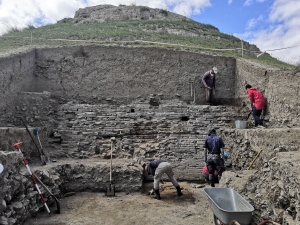Training Opportunities for Applied Computer and Geoscience methods in Archaeology
Applied technologies are becoming increasingly important in the practice of archaeology. For archaeological recording and analysis, database and geographic information systems have become standard. Remote sensing is enabling archaeologists to extend the scale and resolution of their research to levels that were previously unknown. Robotics and 3D technology, such as 3D modelling, structure-from-motion and laser scanning, allow archaeologists to capture, analyse and present the archaeological heritage, from the smallest objects to entire landscapes, in greater detail and to a wider audience than ever before. The power of these technologies is balanced by the need to use them appropriately, to become familiar with the tools and to critically understand the underlying technologies. Teaching these skills to aspiring archaeologists and heritage professionals is a task that most archaeological institutes can’t undertake due to lack of human resources. It is necessary for archaeology to seek close collaboration with the relevant domain experts to develop interdisciplinary curricula. One such project is currently underway at the HTW – University of Applied Sciences in Dresden, Germany.
The project, funded by the German Academic Exchange Service (DAAD), is a spin-off of the successful research cooperation between the German Archaeological Institutes’ Commission for the Archaeology of Non-European Cultures, the National University of Mongolia, the Mongolian Academy of Sciences and the HTW. The aim of the project is to implement a new Master’s degree in “Computer and Geoscience in Archaeology”, in which experts in remote sensing, surveying, GIS, data management, computer graphics, robotics and archaeology will jointly teach students the application of their respective fields to archaeology. The Master’s programme is scheduled to start in the winter semester 2024/25, but many events such as summer schools and field trips have already taken place. Further events are planned.
This year, there will be another Summer School, and in the upcoming winter semester an “International Track” – a full semester course on applied computer and geoscience in archaeology, aimed at international students. Applications for both offers are still open, so if you are a student of archaeology, see the projects homepage for further information:
www.htw-dresden.de/en/hochschule/fakultaeten/info-math/studium/computer-science-archaeology
HTW Dresden, represented by Hendrik Rohland, Marco Block-Berlitz and their colleagues, have been present at CHNT for many years with numerous interesting sessions, round tables and presentations. We are looking forward to hearing about their latest projects!
The Yurt camp of the expedition in the Orkhon Valley.
Here the participants of the expedition spent part of the time.
© Hendrik Rohland
To reach the sites for documentation, the team had to cover large distances
over the tracks and earth roads of Mongolia
© Tom Grenda
View of the archaeological Excavations at Karabalgasun.
In 2022, the excavation reserached a monumental mound within the city,
uncovering the outer wall of a large stupa
© Tom Carl Grenda






